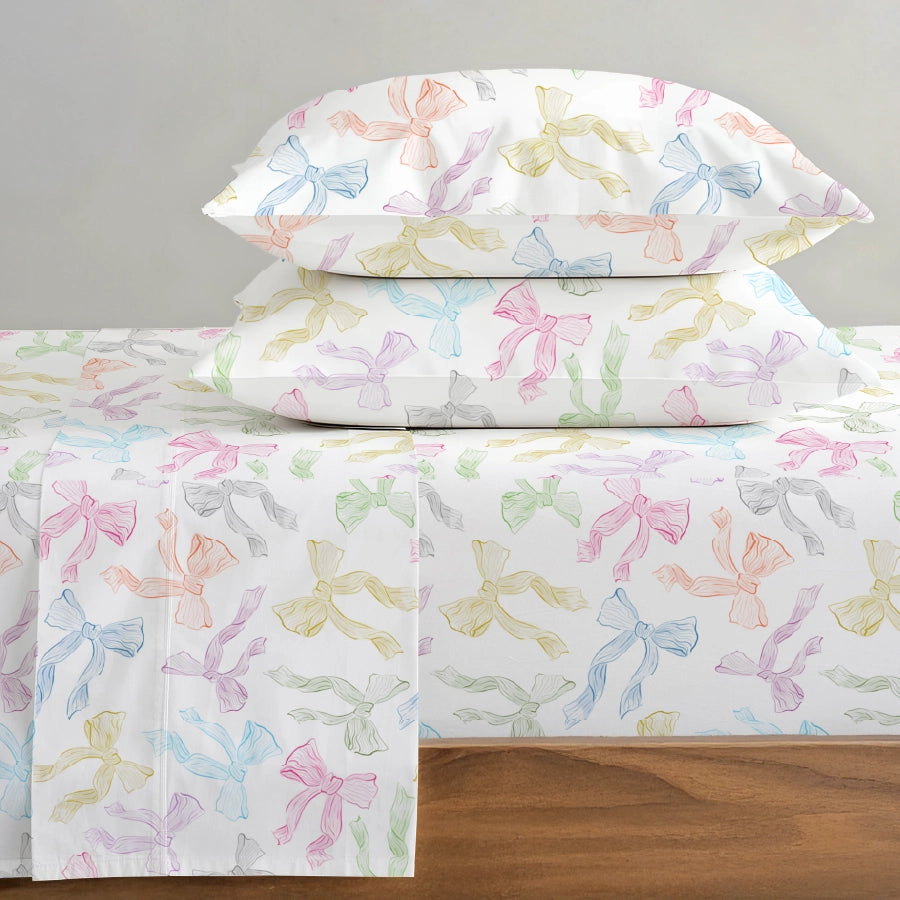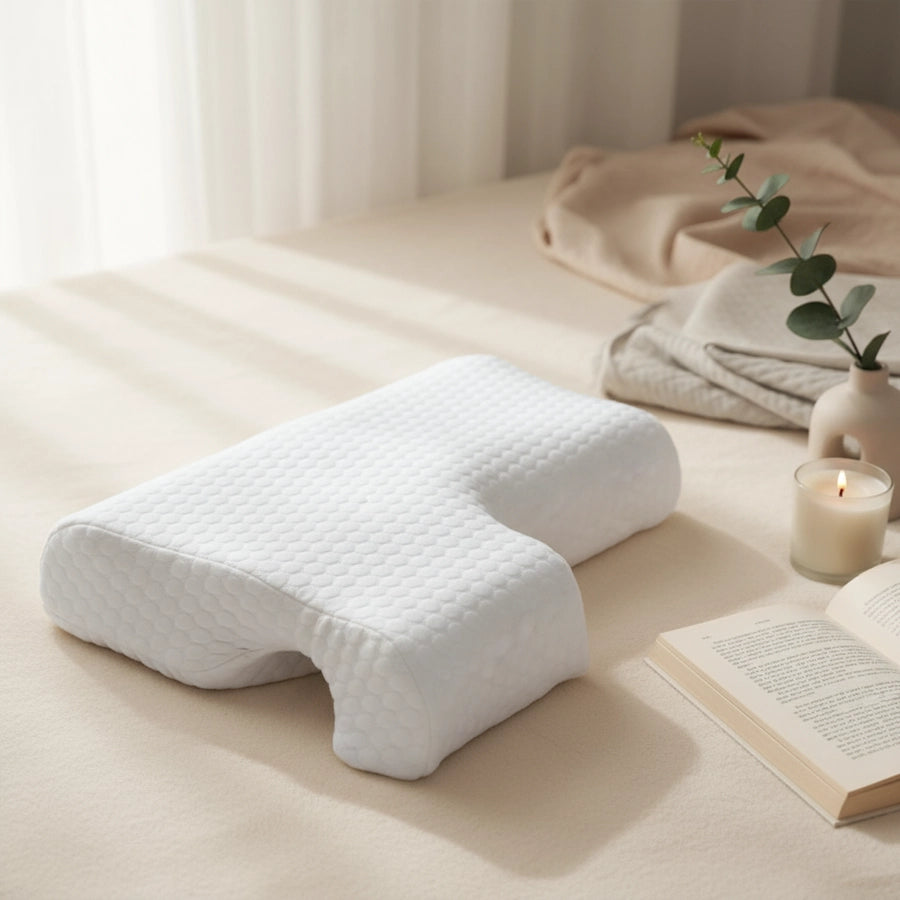What Is The Best Duvet Filling?
Duvets are some of the trickiest items to buy. Picking the right one becomes difficult because of all the factors involved. When buying a duvet, we are always faced with the question- what is the best duvet filling?
One of the deciding factors when buying a duvet is the filling. The filling is imperative because it can distinguish between a hopelessly cold night and a relaxing, cosy one. If you are hypoallergenic, the duvet filling could also cause allergies, so it is important to choose one according to your preferences and the place you live in.
Depending on the climate of the place you live in and your requirements, you can choose a duvet filling. For someone living in India, a cotton duvet filling would work great for tropical summers and winters.
There is something about staying comfortable at night and getting a good night’s sleep. So, with every piece of bed linen you choose, you look at various brands and materials and even solicit opinions from others before you buy it.
Sometimes, what suits someone else might not suit you, especially when you buy a duvet. The filling, the material used on the duvet, and its cover can influence how comfortable the duvet is. In many cases, people are unaware of what to look for when they buy a duvet, although they are quite efficient in selecting bed sheets and pillowcases.
Which materials can we use for filling a duvet?
There are many different materials that we use to fill in duvets. The most common of them in tropical climates are cotton, down, feathers and synthetic materials, while wool is another material that is used in colder climates.
Let us look at each of these materials and their advantages and disadvantages.
Cotton- Cotton is universally preferred as a duvet filling owing to its many properties. It is breathable, durable and extremely lightweight and fluffy. This material is also ideal for warm summer nights as it maintains temperature and does not get overly hot. Organic cotton is also hypoallergenic. Suppose you choose a cotton filling for your duvet. In that case, it is also important to ensure that it has been made using eco-friendly, sustainable methods, as mass production of cotton using conventional methods results in environmental pollution.
Down- Down refers to the feathers found under the larger, tougher feathers on birds. Usually, down is the preferred filling in duvets used for cooler nights, especially during winter. These are mostly lighter than wool but provide the same warmth and heat insulation as wool. Since it is a fluffy material, it is the one that people who like big, fluffy duvets like to use. Down is also a filling that most people allergic to wool like to buy. However, down feathers are not cruelty-free and are more on the expensive side.
Wool- Wool is always associated with warmth in cold winters. Therefore, a woollen filling would keep you warm during winter. Since wool is extremely heavy, the duvets are also bulky and heavy; they are also not washable.
Silk- One of the most luxurious duvet fillings and, in general, materials, silk is also used as a filling in expensive duvets. Cruelty-free silk is quite rare and, therefore, quite expensive. So, if you are looking at something budget-friendly, silk is definitely out of the question.
Synthetic- Man-made fibres are also called synthetic fibres. They carry all the benefits of natural fibres – breathability, warmth, resilience, and fluffiness- and they are lightweight. They are also budget-friendly and quite durable.
How to choose the ideal duvet filling?
To choose the ideal duvet filling, you must know the options. You need to look at four main factors: the tog rating, the fill power, the weight and the type of material you want.
Tog rating- Since there is no universal preference for duvets, you can consider all of these when buying a duvet based on your personal needs and the environment you sleep in. If you live in a cold place or somewhere with harsh winters, you require a duvet filling with a high tog rating above 13. However, if you live in a place with summer-like temperatures throughout the year, you choose a filling with an extremely low tog rating of around 4.5.
For most places in India, where temperatures do not change drastically, a duvet filling with a tog rating of 7-8 would be ideal so you can stay comfortable at any time of the year. Organic cotton is great if you are looking for a duvet filling that is around 7.5. This keeps you comfortable without the risk of overheating so that you are not throwing off the duvet in the middle of the night.
Fill power- Similarly, when choosing the duvet filling, it is important to check the fill power, that is, how well the duvet feels inside the duvet and how fluffy it makes the duvet without making it seem bulky and heavy. So, when choosing a down filling, it is better to choose one with a high fill power, meaning that you need less filling to make the duvet warmer when in use. Being light and fluffy, organic cotton fills the duvet well and does not make it extremely heavy to carry. When cotton is used in duvets, the duvets look sleek and comfortable.
Next, depending on the cost factor, you can choose a synthetic or natural filling for your duvet. As with any other material, natural fillings are more costly and of better quality than synthetic ones.
Why is cotton a preferred filling for duvets in India?
In India, cotton is one of the most preferred fillings for a duvet. This is because cotton ticks all of these boxes- it has the ideal tog rating, is lightweight and breathable, and is hypoallergenic. Using cotton filling in duvets is also ideal for those who regularly wash their bed linen. It is preferred in many parts of the world, especially warm places.
Cotton duvet are usually lightweight and not very fluffy. They can be folded and stored away easily. They are ideal for those sweaty summer nights, as they do not make you feel too warm, even on summer nights.
These fillings are also a great choice for children. Young children tend to feel warmer than adults, and it is good to use a hypoallergenic filling, especially if your child suffers from any breathing-related issues.
In addition, cotton duvet fillings perfectly complement the soft feel of a duvet cover. They can also be made using both types of duvet construction, stitch and baffle box. They are also lightweight and easy to drape over the bed.
Here is a concise guide to help you choose the duvet with the right filling.






Leave a comment